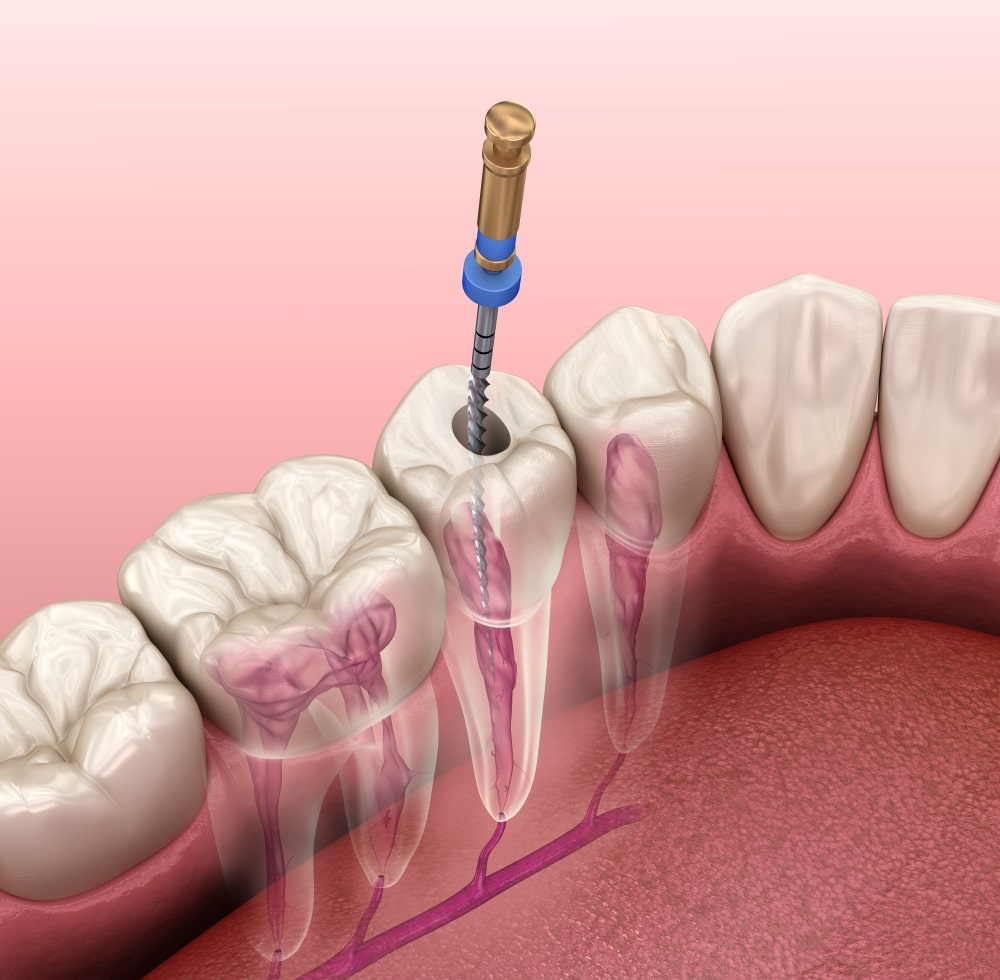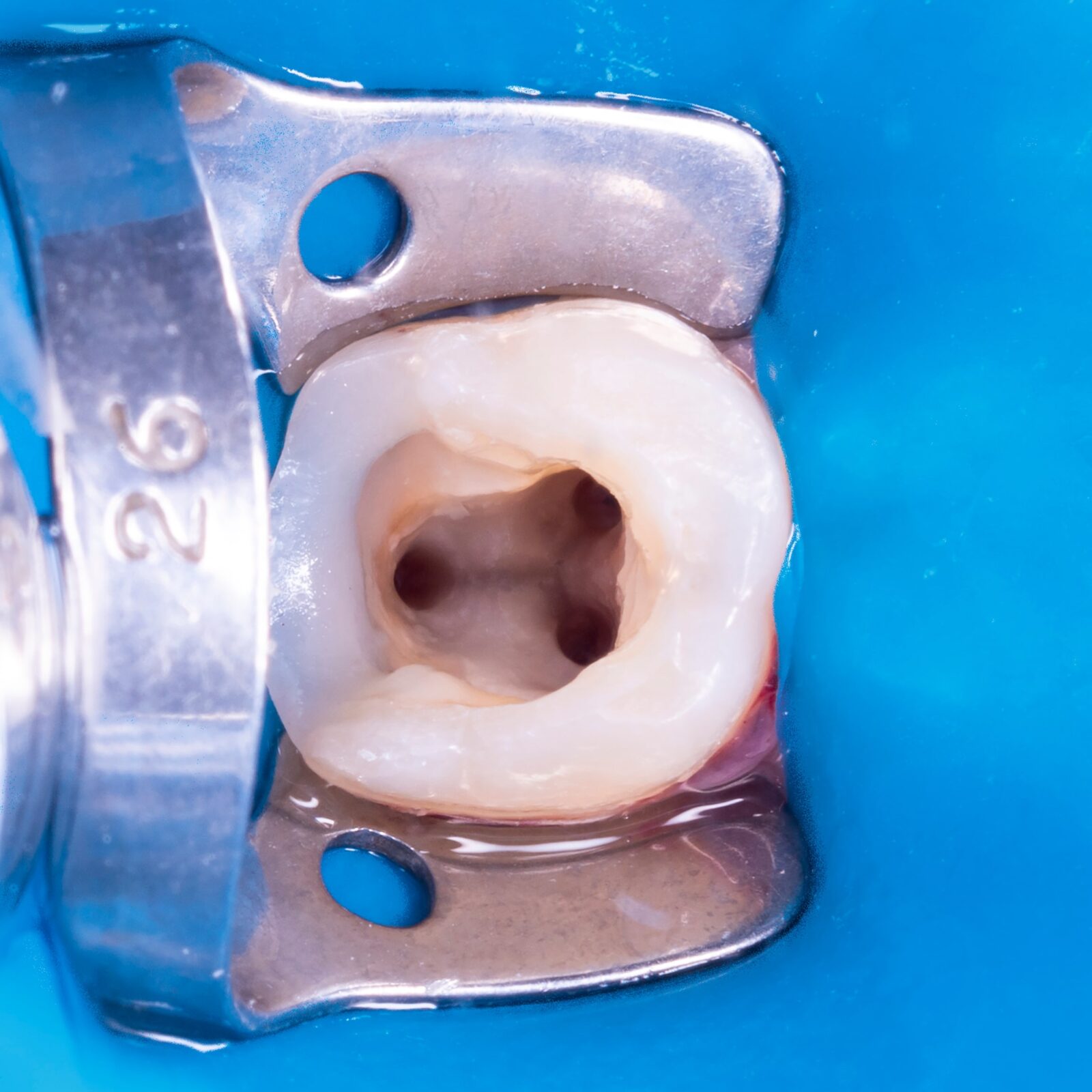If you’re in pain, the last thing you want to think about is a root canal. But what if we told you that a root canal could actually relieve your pain? What if we told you that root canals are not as bad as you think they are? In this blog post, we will dispel the myths surrounding root canals and tell you the truth about what to expect during and after treatment.
What is Root Canal Therapy?

Before looking at the many myths surrounding root canal therapy, let’s first take a look at what root canal therapy is and how it works. Root canal therapy is a treatment used to repair and save a tooth that is badly damaged or infected. The procedure involves removing the diseased or damaged pulp from inside the tooth, cleaning and disinfecting the tooth, and then filling and sealing it.
Root canal therapy is usually necessary when the pulp (the soft tissue inside the root canal) becomes inflamed or infected. This can happen as a result of decay, a crack or chip in the tooth, repeated dental procedures on the tooth, or a blow to the tooth. Symptoms of an inflamed or infected pulp include:
- Severe toothache when pressure is applied to the tooth
- Sensitivity to hot and cold temperatures
- Swelling and tenderness in the gums
- Darkening of the tooth
If root canal therapy is not performed, the infection can spread to other teeth or even to other parts of the body. In some cases, the only way to treat an infected tooth is by extracting it.
Common Root Canal Myths
Now that you know what root canal therapy is and why it may be necessary, let’s take a look at some of the most common myths about root canals.
Myth #1 They Hurt
Root canal therapy is often associated with pain and discomfort. However, this is not usually the case. In fact, with dental sedation and anesthetics many people report feeling little to no pain during the procedure. The goal of root canal therapy is to relieve pain, not cause it. With today’s advances in dental technology, root canal therapy is usually a quick and relatively painless procedure, that is as comfortable as having a filling placed. The pain many people associate with root canals is actually caused by the pulp infection itself, not the procedure.
Myth #2 Root Canal Therapy Makes You Sick
Another common myth about root canal therapy is that the procedure can make you sick. This myth started back in the 1920s and is simply not true. There is no scientific evidence to support the claim that root canal therapy can make you sick. In fact, this myth was disproven in the 1950s.
Myth #3 Root Canal Therapy Removes the Tooth Roots

During a root canal procedure, the dentist will remove the diseased or damaged pulp from inside the tooth and root canals. The external roots of the tooth are not affected by this procedure. In fact, root canal therapy can help save a tooth that is otherwise damaged beyond repair. After the procedure, your tooth will continue to function normally.
Myth #4 I Don’t Need a Root Canal Because I Feel No Pain
Just because you’re not in pain does not mean you don’t need a root canal. In the early stages, a pulp infection may not cause pain. Nevertheless, the infection will still need to be removed. Remember, the goal of root canal therapy is to preserve your natural tooth and prevent the infection from spreading. By the time you start to feel pain, the damage to your tooth may be irreversible. If you have any reason to believe that you may need a root canal, it’s important to see a dentist as soon as possible.
Myth #5 Teeth Usually Need to Be Extracted After a Root Canal
Another common myth is that teeth usually need to be extracted after a root canal. This is simply not true. In most cases, root canal therapy is successful and the tooth can be saved. While there are severe cases that may require a tooth extraction after a root canal, this is not as common.
Myth #6 There is No Sensation in the Affected Tooth After a Root Canal
After a root canal, you will no longer feel sensitivity to hot, cold, or sweet in the affected tooth since there is no nerve. However, you will still be able to feel the tooth because of the nerves in the tissues and ligaments that surround the tooth root. In some cases, these structures may remain inflamed for a few days after the infection has been removed.
Myth #7 I Don’t Need to Visit the Dentist After Having a Root Canal
Even if your tooth feels fine after a root canal, it’s important to see a dentist for a follow-up visit. During this visit, the dentist will check to make sure that the root canal was successful and that there are no complications. They will also take dental impressions to place your permanent dental crown.
In Conclusion
In this blog post, we debunked seven of the most common root canal myths. Root canal therapy is a common dental procedure that is often misunderstood. We hope this article has helped to clear up some of the myths about root canals. If you have any questions or concerns, please feel free to contact our office. We would be happy to answer any of your questions.
